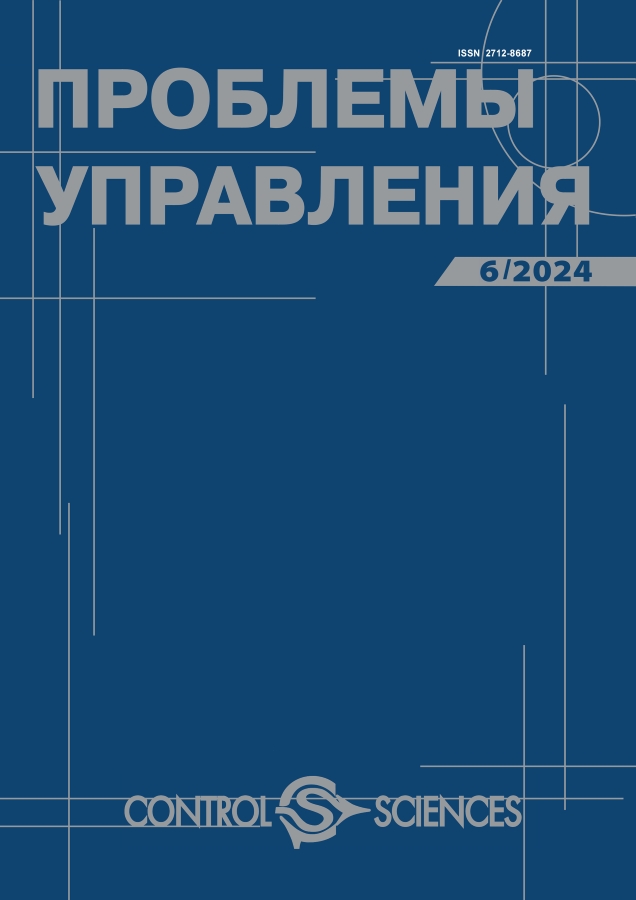Editorial Policies
Aims and Scope
The Journal addresses the needs of a wide community of specialists dealing with control in technical, organizational, social, economic, environmental, biological, and medical systems. The Journal audience also includes control and automation system engineers and developers as well as undergraduate and postgraduate researchers.
The Journal clearly and intelligibly explains the ideas and methods to solve control problems based on modern modeling approaches under a variable environment, incomplete or limited information, conflicting goals, and weakly structured and multiple objectives. These problems are commonly encountered in the real world.
The Journal focuses on systems analysis and general-system operation mechanisms of large-scale objects, theory and techniques of choice and decision-making in complex systems, expertise and data analysis, large-scale system models, applied mathematical control models of various systems, prediction techniques and models, applied models and methods of management in organizations and economy, and the problems of national and regional administration.
The Journal publishes original papers with new scientific results on theoretical control problems and applications, comprehensive state-of-the-art surveys of key scientific problems, conference reports of major interest, and brief communications.
Sections
Systems Analysis
Mathematical Problems of Control
Analysis and Design of Control Systems
Information Technology in Control
Control in Social and Economic Systems
Control in Medical and Biological Systems
Control of Technical Systems and Industrial Processes
Control of Moving Objects and Navigation
Surveys
Philosophical Aspects of Control
Brief Communications
Chronicle
Surveys
Notes
Peer Review Process
Peer Review Procedure
- Each manuscript submitted to the Journal is considered by the Editorial Office. If the minimum criteria (compliance with the Journal scope, scientific level, scientific misconduct, or formatting rules) are not satisfied, a reasoned rejection notification is sent to the author(s). Otherwise, the manuscript is peer-reviewed.* Two reviewers are usually chosen as recommended by an Editorial Board member responsible for the scientific field of the manuscript. Peer reviewing is anonymous (single-blind).
- If a review of the manuscript includes comments, recommendations to improve the manuscript are sent to the author(s). If a review is negative, a reasoned rejection notification is sent to the author(s). The anonymous reviews are sent to the author(s) in any case.
- If both reviews are positive and include no comments, the manuscript is sent to the Editorial Board member for conclusion. If the conclusion is positive, the manuscript is finally considered by the Editorial Board to decide whether it will be published or rejected. If the conclusion of the Editorial Board member is negative or the manuscript is rejected by the Editorial Board, a reasoned rejection notification is sent to the author(s). If the manuscript is accepted for publication by the Editorial Board, the Editorial Board member who recommended it for publication is specified in the paper.
- The manuscript revised by the author(s) is sent to the reviewer again, and Steps 2 and 3 are repeated.
*A reviewer assesses the manuscript by several criteria:
- subject (compliance with the Journal scope),
- presentation (clarity, logical structure, and volume and compliance with the manuscript
title),
- scientific results (significance, originality, and usefulness)
Publication Frequency
Периодичность выпуска – 6 номеров в год.
Open Access Policy
Статьи этого журнала доступны всем желающим с момента публикации, что обеспечивает свободный открытый доступ к результатам исследований и способствует прогрессу науки и медицины.







